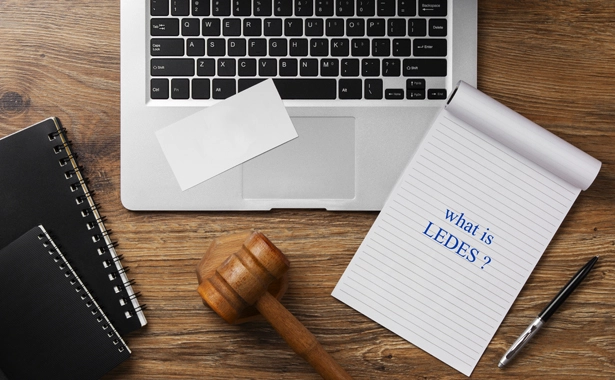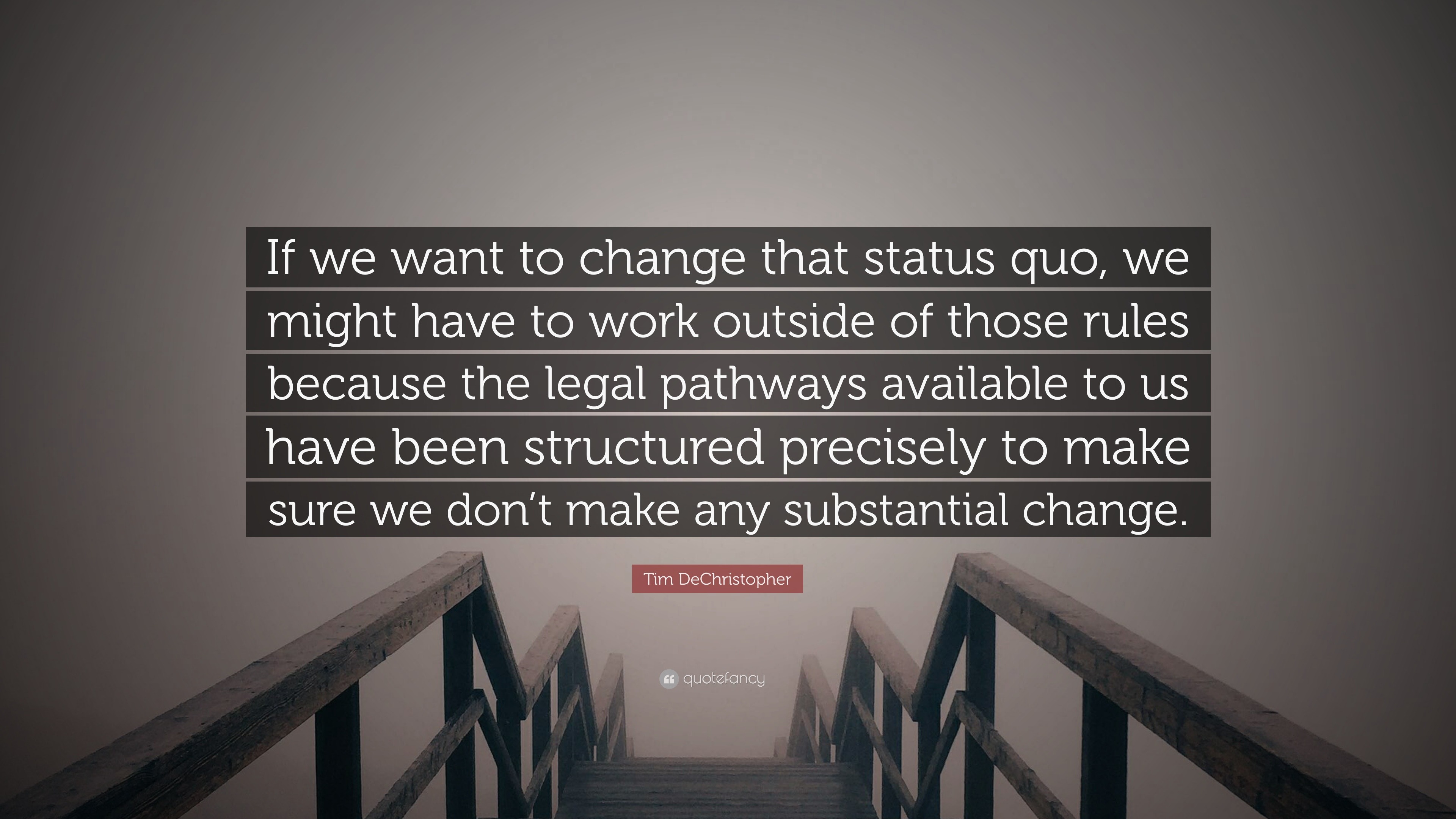Status Quo Meaning Explained: Its Role in Legal Interpretation and Practice
Wiki Article
Navigating the Characteristics of Standing Quo in Legal Equipments: An Alternative Method
In the realm of lawful systems, the principle of status quo holds a substantial duty in shaping the structure upon which regulations and policies are developed. By diving right into the intricate interplay of numerous factors influencing the legal standing quo, one can reveal nuanced insights that pave the method for educated decision-making and critical planning.The Importance of Standing Quo Evaluation
In lawful process, performing a complete status analysis is critical to comprehending the existing state of events and giving a foundation for informed decision-making. This analysis includes a detailed testimonial of existing problems, arrangements, and circumstances that shape the context within which lawsuits are being considered. By evaluating the condition quo, attorneys can determine crucial stakeholders, commitments and civil liberties, possible threats, and possibilities for resolution.In addition, diving right into the status promotes the recognition of any kind of voids or incongruities that might exist, losing light on locations that call for interest or information. This process aids in establishing practical assumptions and establishing methods that line up with the prevailing situations. Understanding the status is crucial for developing a roadmap that overviews lawful procedures towards efficient results while reducing unintentional repercussions.
Inevitably, a careful standing quo evaluation serves as a keystone for audio lawful guidance and strategic preparation. It allows legal experts to navigate intricacies, expect challenges, and customize their method to achieve positive results for their customers.
Elements Affecting Legal Status
Thinking about the intricate internet of legislations, policies, and social norms, what are the primary variables that shape and influence the lawful condition quo in modern lawful systems? Several vital aspects play essential duties in establishing the legal standing quo within a legal system. Additionally, political characteristics and the balance of power within a lawful system can heavily affect the lawful condition quo.Strategies for Condition Quo Management
Reliable management of the lawful status needs a strategic technique that acknowledges the dynamic nature of lawful systems and the varied elements influencing them. One key approach for status monitoring is regular tracking and evaluation of legal advancements. This entails staying updated on new regulations, regulations, and judicial choices that can impact the present lawful landscape. By proactively keeping track of these adjustments, lawyers can expect possible challenges and adapt their methods as necessary.
Furthermore, efficient interaction and collaboration amongst stakeholders are important methods for managing the condition quo in lawful systems. By fostering open discussion and cooperation between policymakers, attorneys, and other appropriate events, potential disputes can be addressed proactively, and services can be created collaboratively to maintain a steady lawful setting.
Difficulties in Condition Quo Adaptation

Additionally, the absence of clear guidelines for browsing status modifications can develop uncertainty and uncertainty. Attorneys typically locate themselves in uncharted area when trying to challenge existing norms or incorporate brand-new legal frameworks. This can bring about hesitancy and hesitation to differ familiar methods, better impeding the adaptation process.

Implementing Alternative Approaches
Integrating a comprehensive point of view into legal approaches is vital for resolving the diverse obstacles more helpful hints of modern legal systems. Applying holistic approaches involves a shift towards watching legal issues as interconnected components of click this a larger system instead of separated events. This calls for an aggressive stance that takes into consideration not only the instant lawful effects but likewise the more comprehensive social, economic, and honest effects of lawful choices.One key aspect of carrying out all natural approaches is fostering interdisciplinary partnership within lawful groups. By combining professionals with diverse backgrounds such as law, psychology, economics, and sociology, a much more nuanced understanding of complicated lawful concerns can be attained. This joint strategy makes it possible for lawful practitioners to develop much more efficient techniques that represent a variety of aspects affecting the results of lawful situations.
Moreover, accepting innovation and data-driven insights is important in carrying out alternative techniques in legal systems. Leveraging tools like expert system for legal research, anticipating analytics for case end results, and data visualization for presenting intricate details can improve decision-making processes and improve total lawful results. By integrating these technological advancements right into lawful method, a more effective and holistic technique to dealing with lawful obstacles can be achieved.
Final Thought
Finally, browsing the dynamics of status in lawful systems needs a comprehensive understanding of the value of status analysis, the numerous factors influencing lawful status quo, effective methods for standing quo monitoring, and the obstacles in condition quo adaptation. Applying alternative techniques is crucial for effectively adjusting and managing to the status in legal systems. It is vital for lawyers to continuously evaluate and adapt to the altering characteristics of the status quo to make sure effective and More about the author effective legal end results.Considering the complex internet of laws, guidelines, and social norms, what are the main aspects that form and influence the legal condition quo in modern lawful systems? Several crucial variables play essential functions in establishing the legal status quo within a legal system. It is the interplay of these aspects that jointly form and influence the legal status quo in contemporary lawful systems.
Reliable monitoring of the lawful status quo requires a tactical technique that recognizes the vibrant nature of lawful systems and the diverse factors influencing them.In final thought, navigating the characteristics of standing quo in legal systems calls for an extensive understanding of the relevance of standing quo evaluation, the numerous variables affecting lawful standing quo, effective strategies for status quo management, and the challenges in status quo adjustment.
Report this wiki page